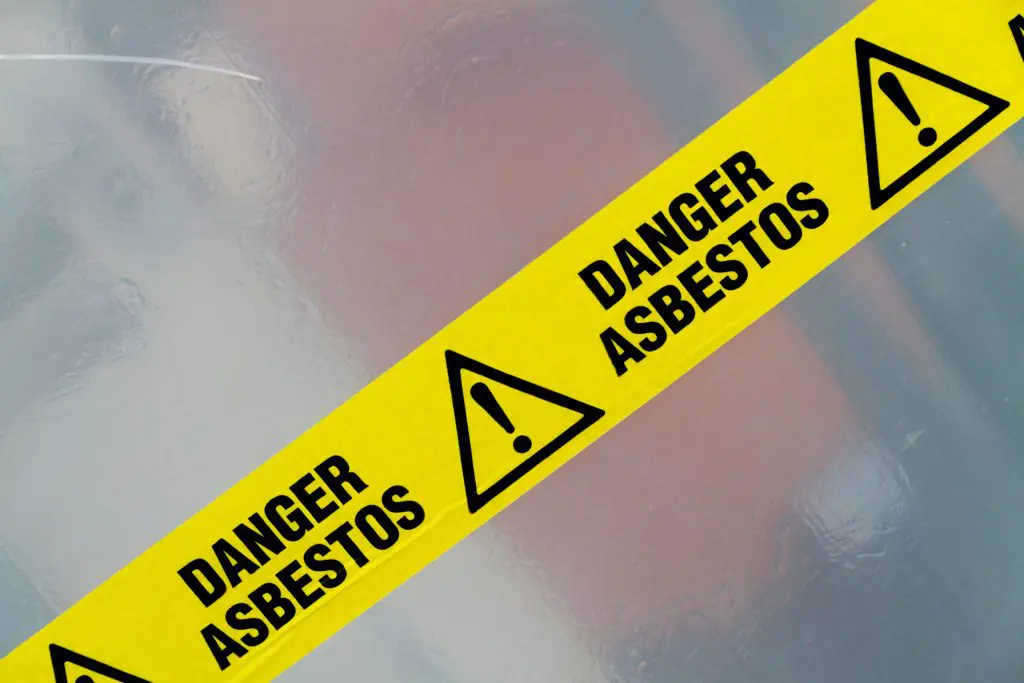Australia has strictly banned asbestos for almost three decades due to its hazardous nature. But since it has been widely used for many years, Australian regulators strictly impose several regulations that help reduce asbestos exposure on private and public properties. The country’s Work, Health, and Safety (WHS) statute has specific guidelines for asbestos-containing materials (ACMs) management.
These guidelines are categorised into two main divisions: Division 5 and Division 6 asbestos audits. Many confuse these two types of asbestos audits, so here are some key differences between them to help you better understand their purposes and implications.
Division 5 Asbestos Audit
Division 5 of the WHS Regulations deals with asbestos management in non-domestic premises. This includes commercial buildings, industrial facilities, educational institutions, and other public places people work or visit. The primary purpose of a Division 5 asbestos audit is to assess and manage asbestos-related risks in these premises. Its main features include:
- Identification of ACMs: During a Division 5 asbestos audit, a comprehensive inspection is conducted to identify any asbestos-containing materials in the premises.
- Asbestos Register: Following the audit, an asbestos register is created, documenting the location, condition, and type of identified ACM.
- Asbestos Management Plan (AMP): The AMP outlines strategies to manage identified ACMs, including regular monitoring, safe handling procedures, and communication protocols.
- Risk Assessments: Division 5 audits involve assessing the risk associated with each identified ACM. The level of risk determines the urgency and priority of managing asbestos.
Division 6 Asbestos Audit
While Division 5 audits mainly involve sampling various parts of the building for possible ACMs, a Division 6 asbestos audit is done with a more intrusive survey. This asbestos survey type is mainly conducted on buildings that are up for renovation or demolition, which means the process might include destructive methods. This is important as various materials, such as carpets and wall sheetings, might conceal ACMs.
A Divison 6 asbestos survey provides several benefits before construction starts, including:
- Risk Assessment: Professionals will be able to determine the risks associated with the condition of ACMs, allowing them to develop the proper precautions needed while working.
- Worker Protection: The information gathered from the audit can help workers decide on various safety measures needed while working, including personal protective equipment and containment methods.
- Cost Savings: A clear understanding of asbestos presence before the commencement of the work can help in proper budget planning by preventing unexpected costs associated with undetected ACMs.
If you are searching for Australia’s best comprehensive Division 5 or 6 asbestos audit report provider, check out Global Asbestos Audits today. Visit www.globalasbestosaudits.com.au/contact if you have inquiries about our services.




